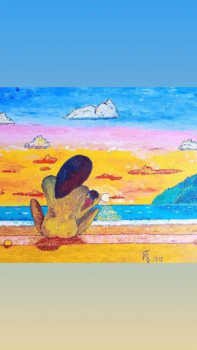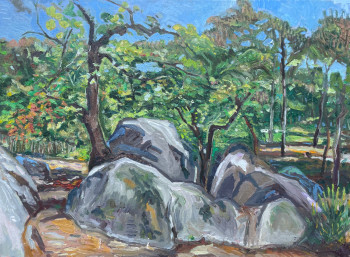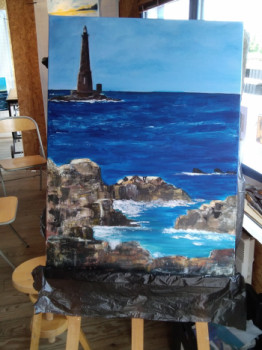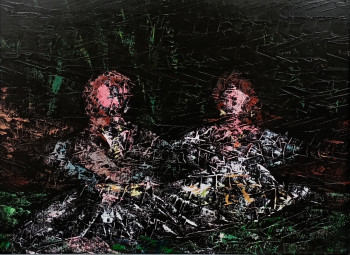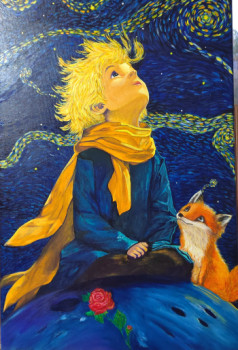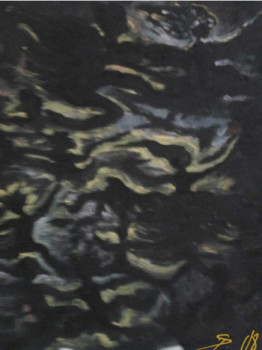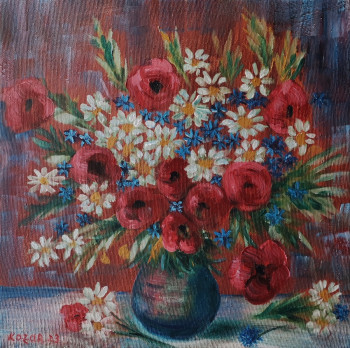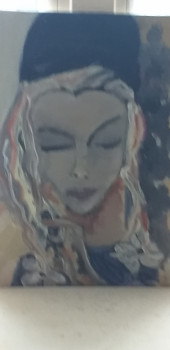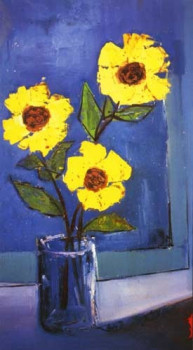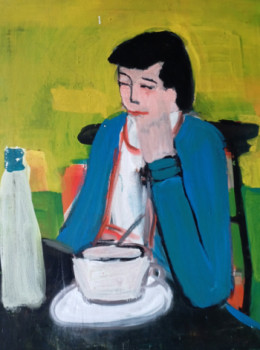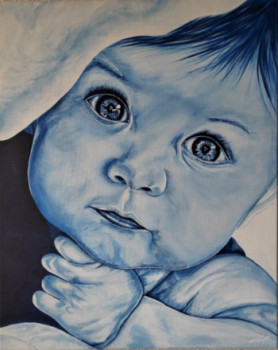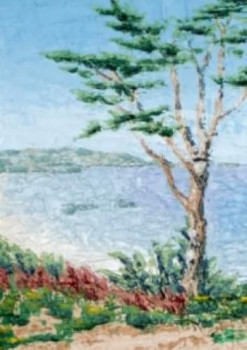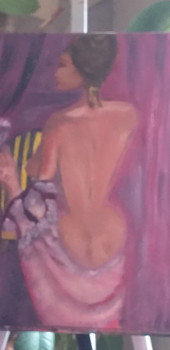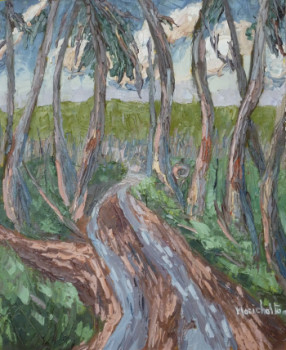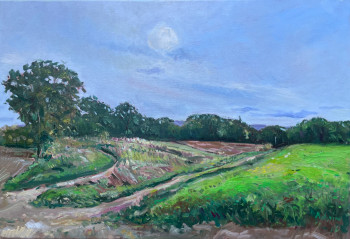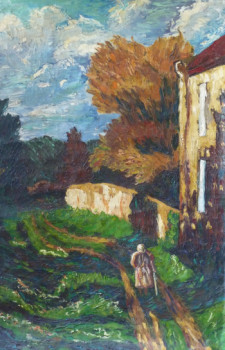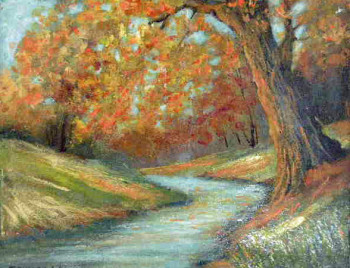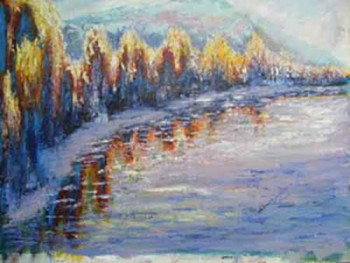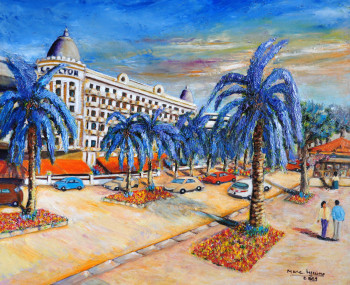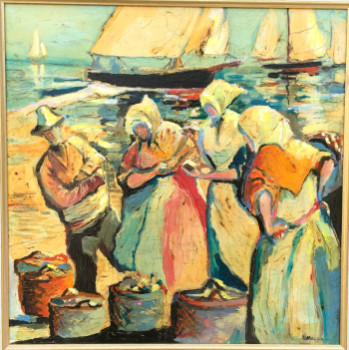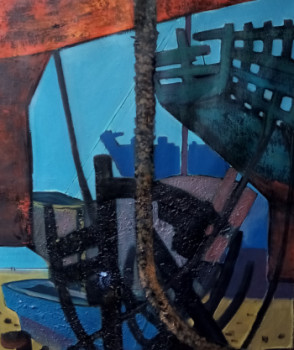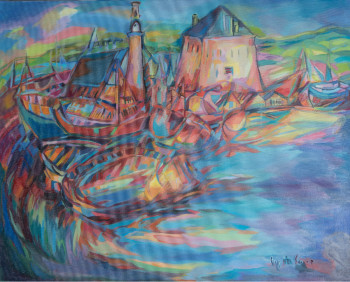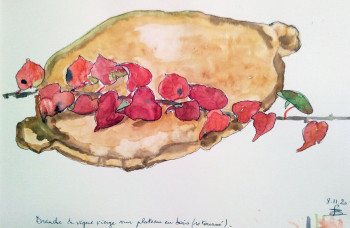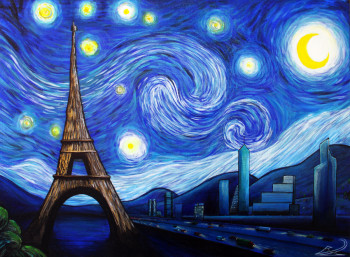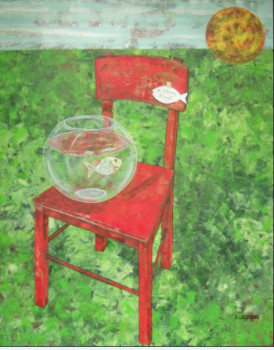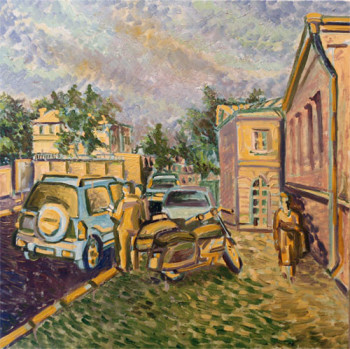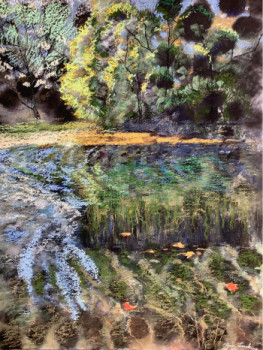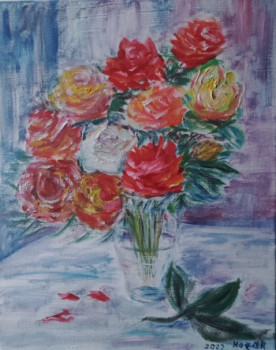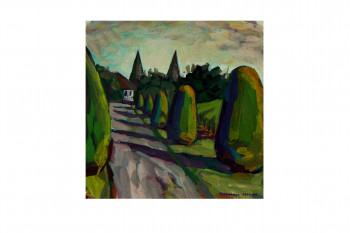
The painter Vincent Van Gogh
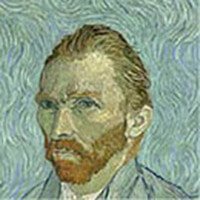
Misunderstood painter, with a tortured personality and a lively mind, Vincent Van Gogh (1853 - 1890) is a legend, a painter of genius.
A precursor of all the modern trends of the time, his work full of naturalism draws its inspiration from impressionism and pointillism. In search of permanent evolution, he announced symbolism, fauvism and expressionism.
In total, Van Gogh achieved around 900 paintings and nearly 1300 works on paper.
« We will be poor and we will suffer misery as long as necessary, like a besieged city that does not intend to capitulate, but we will show that we are something. », Vincent Van Gogh.
Vincent Van Gogh and his early career
Dutch painter and designer, Van Gogh was born in on March 30, 1853 at Groot-Zunbert (Netherlands) and died on July 29, 1890 in Auvers-sur-Oise (France). He bears the first name of his stillborn brother. a year ago, Vincent Willem.
Coming from a large family of the old bourgeoisie, son of a pastor, Van Gogh grew up through a culture that was both religious and artistic. The relationship with loved ones is often interspersed with arguments and separations. It was only with his younger brother Theodorus (Théo), art dealer and patron, that an intense complicity developed. will ensure their life balance as best as possible.
16 years old, after schooling Tormented, Van Gogh followed the family tradition by joining his gallerist uncle as an apprentice art dealer in Paris. The Hague (at Goupil & Cie). His passage through the London and Paris branch disgusted him with the art trade. He is licensed seven years later.
Vincent Van Gogh becomes a volunteer teacher in a small boarding school on the port of Ramsgate in England. He aspires to become a pastor, but Because of his fiery temperament, he failed the theology exams.
It’s At the age of 27 he decided to devote himself to drawing and art. the painting. He took lessons and evolved more widely as an autodidact.
Van Gogh's artistic training
The painter Van Gogh, sensitive to human misery, begins by reproducing dark scenes of life from the environment of the miners of Borinage in Belgium or from the peasantry. He admires the painters Jean-François Millet, Eugène Delacroix and Rembrandt.
In 1885, he created the first masterpiece from his Dutch years, «The Potato Eaters».
When Van Gogh arrives at In Paris in 1886, he frequented museums, galleries and artists of the impressionism movement, who were finally beginning to take over. be accepted. He adopts more modern and clear colors with a series of still lifes, « Four wilted sunflowers» (1887), numerous street scenes, restaurants, « Interior of a restaurant » (1887) or portraits, « The Italian ».
Georges Seurat and Paul Signac seek, with divisionism, to awaken a more scientific neo-impressionism. Paul Gauguin adopts a more synthetic, abstract style, towards the movement of expressionism .
Vincent Van Gogh continues to explore all new avenues such as Japanese prints, English engravings and admires the works of Peter Paul Rubens. He is inspired by the greatest painters of impressionism such as Claude Monet, Paul Cézanne, Edgar Degas, Camille Pissaro, Anthon van Rappard or Emile Bernard.
In 1888, always in search of more colors, light and a more personal style, the painter continued his life without the south from France, to Arles. There he frenetically painted more than two hundred canvases, more than a hundred drawings and wrote more than two hundred letters.
Masterful works from a tormented artist.
At the end of 1888, the painter Van Gogh began to paint. has early signs of psychiatric problems and his optimism is at half mast. He who dreamed of life in a community in his studio with other artists, he argued violently with Paul Gauguin who had been staying with him for two months. He mutilated his left ear and during his recovery, he painted « Self-portrait bandaged ear».
In May 1889, he complained of hearing voices and decided to enter the house. the asylum of Saint-Rémy-de-Provence. During his stay, he developed an imaginative, creative spirit and painted several impressionist canvases such as « Irises » or « Lilacs ». Van Gogh continues to open the field of expressionism with an inimitable style. It becomes more innovative, with stronger graphics and brighter colors. He uses yellow, green and blue extensively.
His perspectives become more daring to paint landscapes of Provence with cypress trees, olive groves and yellow wheat. The artist reached his peak in 1889, with «La Chambre à; bed» and the « Starry Night ». His works reveal his thinking which considers that « the night is even more richly colored than the day.
The genius painter and his end of life
The artist Vincent Van Gogh ended his life at a few kilometers north of Paris, just outside Paris. Auvers-sur-Oise, with many other artists.
During this period, the painter confided a lot in Doctor Gachet, of whom he painted his portrait. Despite his sufferings, he continued to refine his style by focusing on landscapes with the famous « Wheat field under a stormy sky ».
He loses his enthusiasm whenù his works begin at have some success. « I feel like a failure » he said to his brother Théo. Unable to stand solitude, dementia attacks continue to gnaw at the painter.
Van Gogh created more than 80 paintings in two months before falling victim to a new bout of madness. He shot himself in the chest on July 27, 1890 and died of his wounds two days later. A letter is found in his pocket with his handwritten note: « Well really we can only make our paintings speak.
Recognition of the painter's works really began in 1924 with the acquisition of a still life of sunflowers by the National Gallery of London.
In 1930, his works attracted 120,000 people to London. an exhibition at the Museum of Modern Art, at New York.
Découvrez quelques oeuvres inspirées de Van Gogh


